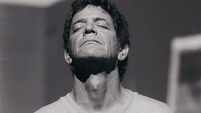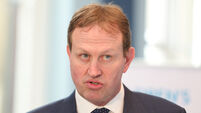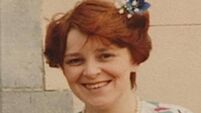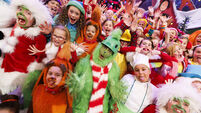2006 Census Report - Irish society is changing dramatically
In the most comprehensive picture of Irish society ever depicted, the Central Statistics Office (CSO) report gives the breakdown of the population by age, sex, marital status, household composition, residence, nationality, place of birth, ethnic or cultural background as well as information on the Irish language, religion and housing.
Astonishingly, in the course of four short years, the number of non-nationals in the Republic has virtually doubled from 224,000 in 2002 to 420,000.














